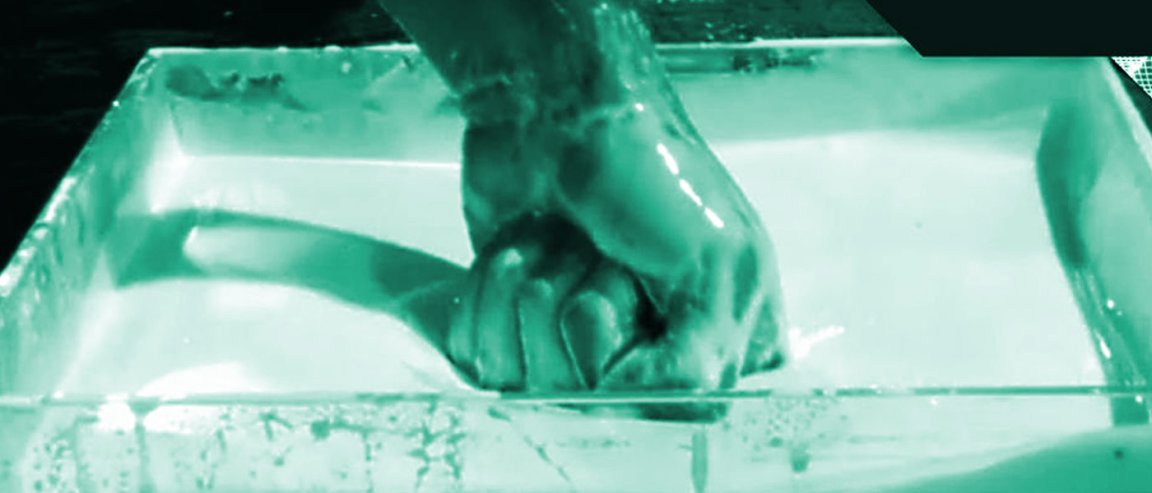
Fluid Understanding
One of the smaller mysteries of science is the non-Newtonian liquid. While its study may not be as glamorous as making robots or exploring space, there are still mysteries that surround this amazing fluid. How does it work? How do the molecules interact to produce this physics-defying spectacle? All we know is, it looks awesome.
But a team of scientists from the National Institute of Standards and Technology (NIST) and Georgetown University may have cracked the mystery of these fluids. They have discovered that two supposedly conflicting theories on the dynamics of non-Newtonian fluids actually coexist and give it its amazing properties.
To the uninitiated, non-Newtonian fluids are those whose viscosity is dictated by stress, while the viscosity of a Newtonian fluid is determined by temperature and pressure.
In layman’s terms, Newtonian fluids like water will flow faster or slower depending on temperature, while non-Newtonian fluids will act like a solid if you slap or punch them, and start becoming a liquid if there is no stress, no matter the temperature.
The Two Theories
Now, there are two theories as to why non-Newtonian fluids behave like this: there is the lubrication-based hydrodynamic interactions model, and the frictional contact forces theory.

The hydrodynamic model suggests that impact forces the particles of the fluid to pack into groups called hydroclusters. As more force is exerted, the hydroclusters contract and the fluid thickens. Liquid is squeezed out of the clusters, creating an ever-thinner lubricating layer separating the particles and making the scattered clusters more rigid.
The other theory says that the friction between colloids that are suspended in the fluid locks them in place, so they become more of a solid than a flowing liquid.
The article, published in Physical Review Letters, maintains that essentially both models are correct. The main driving force for these fluids is the frictional contact model, with the hydrodynamic model playing a support role. Hydrodynamics is the driving force when there are less particles, and the fluid is less dense, until a certain point where a hidden transition to the frictional contacts model occurs.
It’s another indication that there’s a lot more for us to discover out there—whether out among the stars, or lurking in the strange properties of mundane fluids.